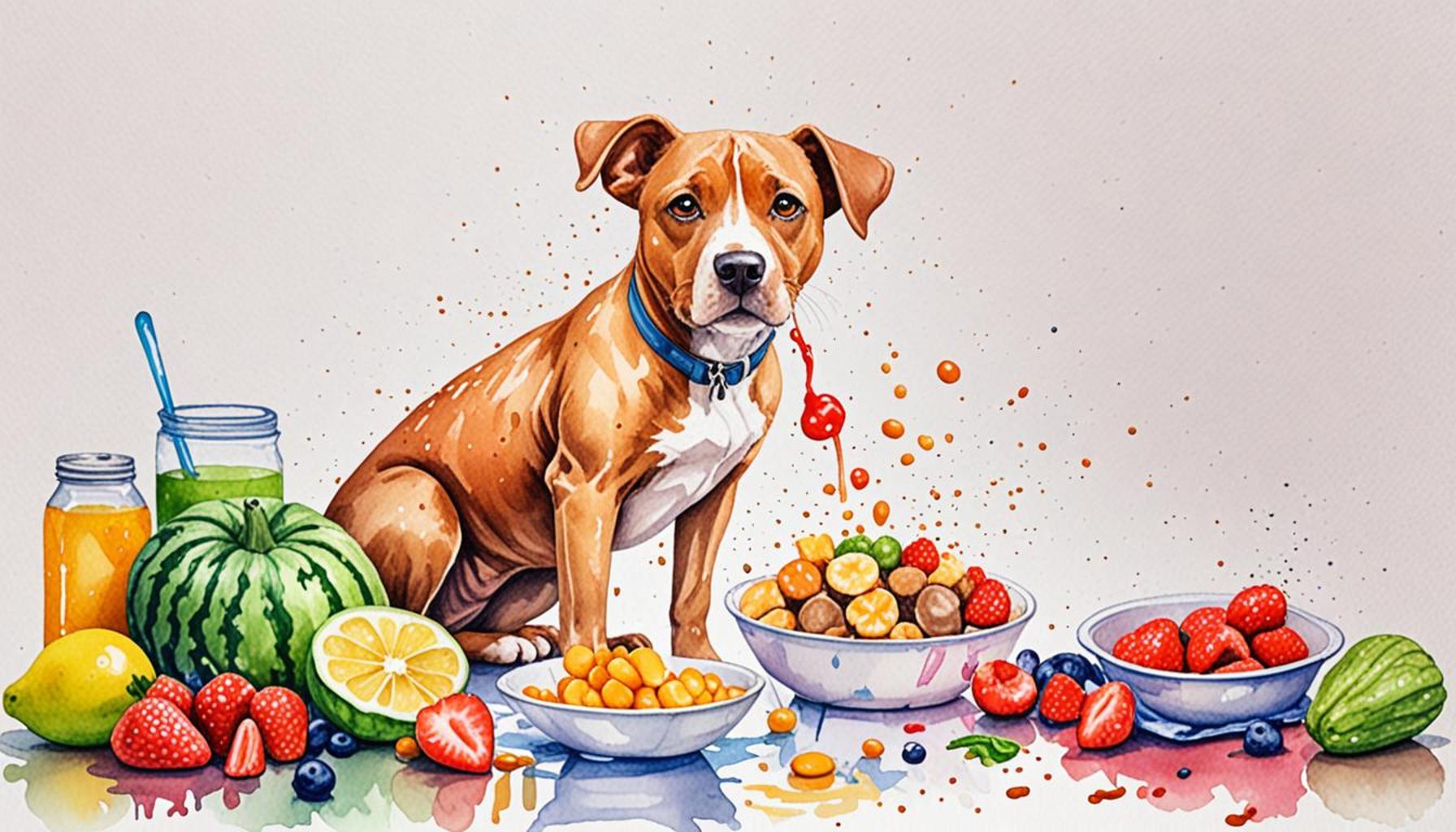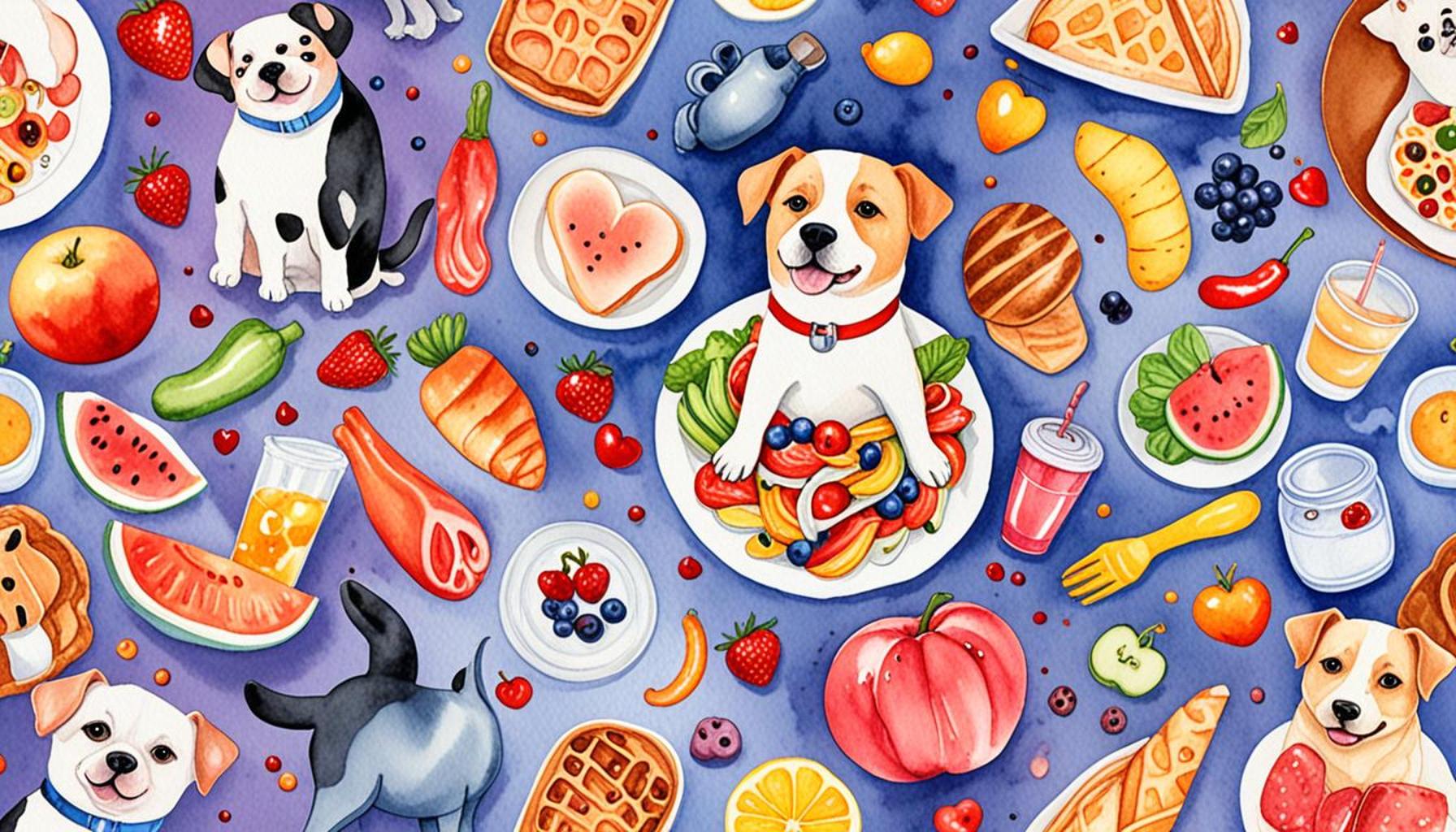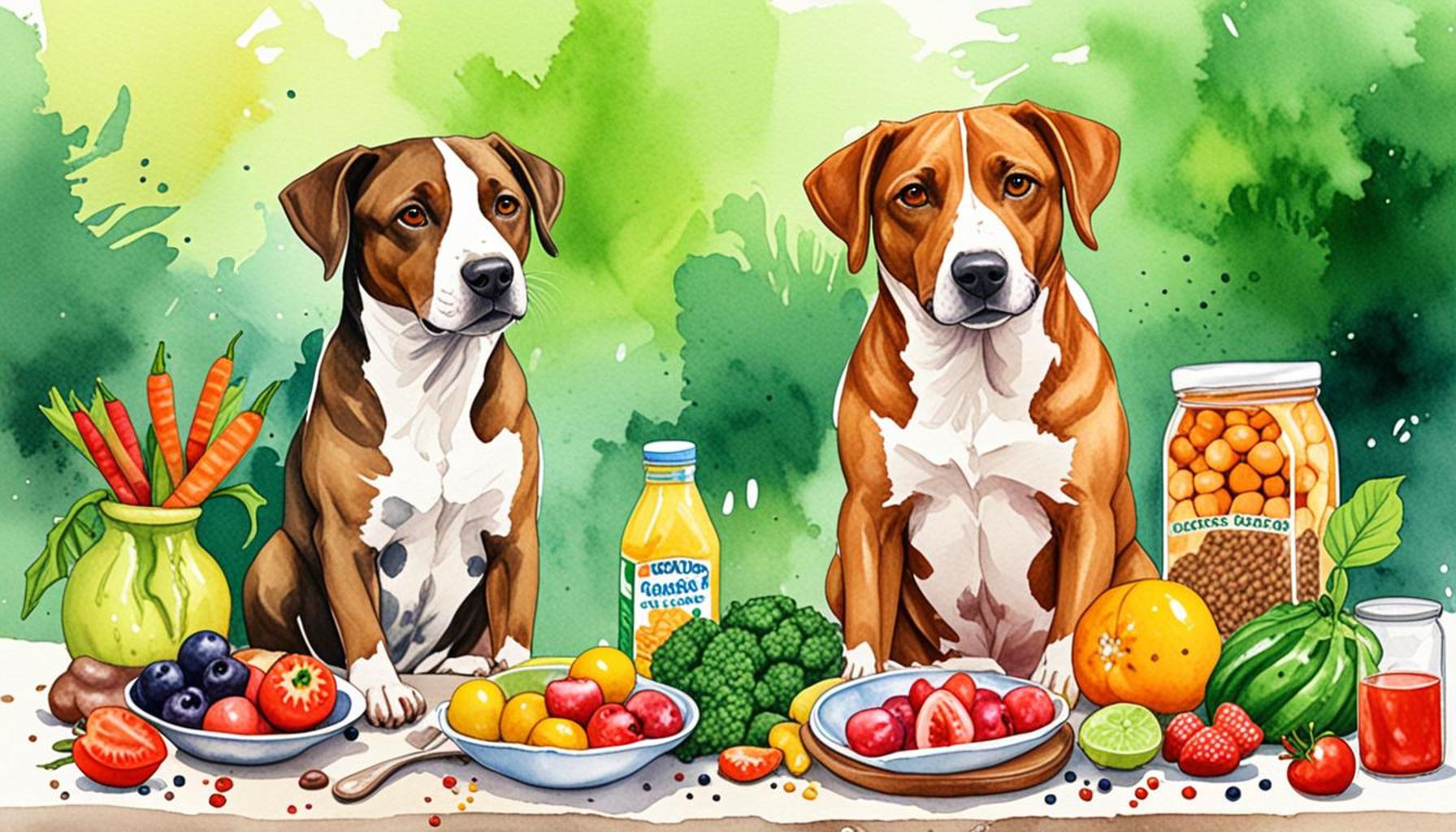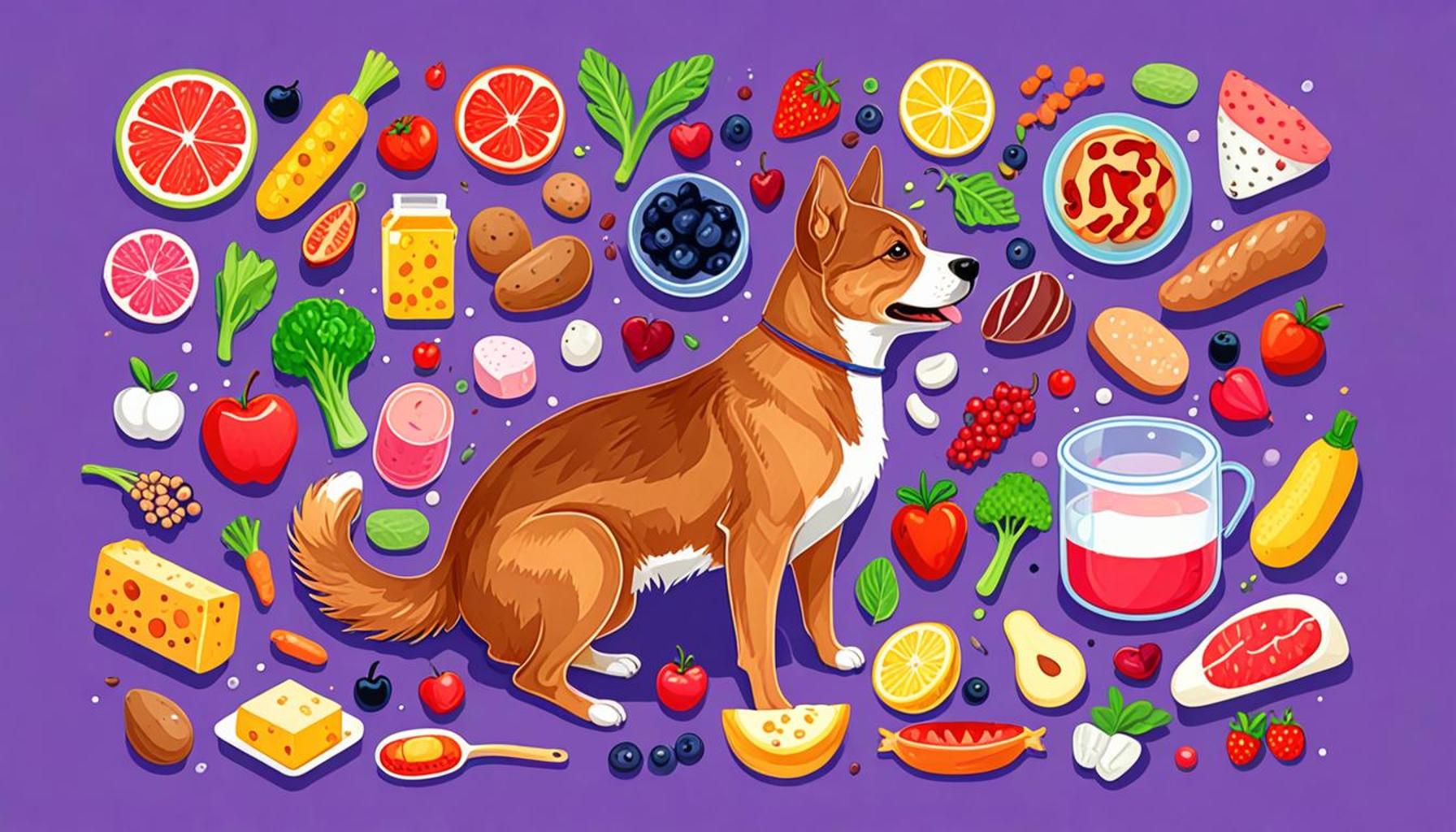Wet Nutrition vs. Dry Nutrition: Which is the Best Option for Pets in Nigeria?

The Wet vs. Dry Nutrition Debate
As the popularity of pet ownership continues to rise in Nigeria, the decision between wet nutrition and dry nutrition has become a significant consideration for many pet parents. Each form of nutrition has its own unique attributes, leading to a dilemma for those seeking to provide the best dietary options for their beloved companions. Understanding these choices deeply is vital as pet owners become more invested in their pets’ health and well-being.
Benefits of Wet Nutrition
Wet nutrition is often recognized for its moisture-rich content, which can be especially beneficial in Nigeria’s warm climate where pets may be prone to dehydration. It generally contains about 70% water, making it a hydrating option. This is particularly advantageous for dogs and cats that might not drink enough water on their own, such as elderly pets or those with specific health issues.
- Taste and Aroma: Many pets find wet food more palatable due to its robust flavors and enticing scents. This can be pivotal for picky eaters or animals recovering from illness.
- Digestibility: Wet food is often easier for pets to chew and digest. This is crucial for older pets or those with dental problems, as it reduces the effort required to consume it.
Advantages of Dry Nutrition
On the flip side, dry nutrition has its own compelling benefits that cannot be overlooked. Pet owners often opt for dry food due to its practicality and cost-effectiveness. In bustling cities like Lagos or Abuja, where shopping hours can be limited, the convenience of dry food cannot be overstated. It requires no refrigeration, and its easy-to-measure servings make feeding more straightforward.
- Dental Health: Crunching on dry kibble can help reduce plaque and tartar buildup, promoting better oral hygiene in pets. This is an essential consideration as dental issues can lead to more significant health complications.
- Cost-Effectiveness: Generally, dry food is less expensive than its wet counterpart, making it a more budget-friendly option for regular feeding. This is important for many Nigerian families who want to provide balanced nutrition without breaking the bank.
Choosing the Right Nutrition
Ultimately, the decision between wet and dry nutrition may depend on various factors, including your pet’s age, breed, and personal preferences. For instance, while a young and active dog may thrive on dry kibble for its energy needs, an older cat might benefit from the hydration and digestibility of wet food.
As you navigate this nutritional landscape, it may be helpful to consult with a veterinarian who understands your pet’s specific requirements. Additionally, understanding local market trends can provide insights into what types of food are most available and suitable for your pet.

In conclusion, the wet versus dry nutrition debate offers a rich ground for exploration. By considering the unique benefits of each option and your pet’s specific needs, you can make informed decisions that promote your furry friend’s health and happiness. Whether your choice leans towards the savory allure of wet food or the practicality of dry kibble, there are ample choices to ensure your pet enjoys a balanced diet.
YOU MAY ALSO LIKE: Read read another article
Exploring the Nutritional Landscape
The dietary preferences for pets have evolved significantly as pet ownership becomes more prevalent in Nigeria. While wet nutrition and dry nutrition present distinct advantages, understanding the nutritional landscape is essential for making informed decisions. In this exploration, we will delve deeper into the primary characteristics and implications of wet and dry food for pets in Nigeria.
The Role of Ingredients
Both wet and dry pet foods feature a variety of ingredients designed to meet the nutritional needs of pets. Generally, wet foods consist mainly of meat, fish, and poultry, often supplemented with vegetables and fruits. These ingredients not only deliver essential proteins and amino acids but also provide vital nutrients such as vitamins and minerals. However, it is crucial for pet owners to scrutinize the ingredient list on wet food packaging to ensure the product does not contain unnecessary fillers or artificial additives. Ideally, a well-balanced wet food should have high-quality meat as its primary component.
On the other hand, dry nutrition often includes grains and cereals which serve as an energy source. It’s advantageous to select dry food made with whole grains instead of fillers like corn or soy, which can lead to health issues if consumed regularly. Moreover, the increased fiber content in high-quality dry kibble can contribute positively to digestive health.
Texture and Feeding Experience
The texture of food can heavily influence a pet’s eating experience. For many pets in Nigeria, the softer texture of wet nutrition can be more appealing. The moisture content plays a significant role, especially in areas where heat can cause disinterest in food. Wet food often has a stew-like texture, which can tantalize a pet’s senses, encouraging consumption among reluctant eaters.
- Feeding Variety: Wet nutrition often offers more flavor variety, appealing to pets who may be bored with a monotonous diet.
- Texture Variety: Introducing different textures in a pet’s diet can stimulate interest in mealtime, which can be beneficial for their mental health.
Nutritional Sufficiency and Special Needs
When considering the nutritional sufficiency of wet versus dry food, it’s imperative to factor in specific health needs of pets. For example, pets suffering from certain medical conditions, such as chronic kidney disease or urinary issues, may benefit from wet nutrition as it aids hydration. Alternatively, active and younger pets might require the sustained energy that dry nutrition provides due to its higher calorie density.
As pet owners weigh these options, the significance of choosing a reputable brand that prioritizes quality cannot be overstated. Brands that embrace natural ingredients, avoid harmful additives, and conduct thorough testing are paramount to ensuring that pets receive the best possible nutrition.
In summary, both wet and dry nutritional options have their complexities, and understanding the ingredients, texture, and unique health needs of pets is essential in navigating the wet nutrition vs. dry nutrition debate. This careful consideration can lead to a tailored feeding strategy that aligns with your pet’s lifestyle, ensuring a healthier and happier life.
| Nutrition Type | Advantages |
|---|---|
| Wet Nutrition | Higher Moisture Content: This can be beneficial for pets in Nigeria, where heat is prevalent, as it aids in hydration and urinary health. |
| Dry Nutrition | Convenience and Storage: Dry food is easier to store and measure, offering a long shelf life which can be advantageous for pet owners in Nigeria. |
| Wet Nutrition | Palatability: Often more appealing to pets, wet food can entice picky eaters, ensuring they receive adequate nutrition. |
| Dry Nutrition | Dental Health: The texture of dry food can assist in keeping pets’ teeth cleaner, reducing the risk of dental diseases. |
In Nigeria, the choice between wet and dry nutrition for pets involves understanding these distinctive advantages. Wet nutrition is ideal for ensuring hydration, especially useful in a warm climate, while dry nutrition proves advantageous in terms of storage, longevity, and dental health benefits. As pet owners explore these factors, it becomes evident that both types have unique merits worthy of consideration. The growing pet care market in Nigeria is evolving with options bound to cater to various needs, ensuring that pets receive the best nutritional options possible.
ADDITIONAL INSIGHTS: Expand your understanding here
Convenience and Cost Considerations
In Nigeria, where pet ownership is on the rise but budget constraints often exist, understanding the convenience and cost of wet and dry nutrition is vital for pet owners. Dry food is generally more economical, largely due to its longer shelf life and bulk purchasing options. Pet owners can easily store large quantities without the fear of spoilage, making it an attractive option for those looking to save money in the long run. Moreover, the ease of pouring dry kibble into a bowl appeals to busy pet owners who may not have the time to prepare moist meals every day.
Wet food, though often more expensive, can occasionally serve a dual purpose—acting not just as a meal, but also as a treat or a training incentive for pets. The addition of wet food can enhance a pet’s mealtime experience significantly, akin to the excitement of having a delicious stew during family meals. However, it’s essential for pet owners to factor in the additional costs associated with purchasing wet food consistently, especially for larger dogs that require more significant portions.
Health vs. Convenience: A Balance to Strike
Despite the convenience that dry food offers, it’s important to weigh this against health considerations. The choice between wet and dry nutrition may depend on a pet’s age, activity level, and specific health conditions. While many dogs and cats thrive on dry food alone, others may require wet food to address hydration needs or maintain a healthy weight. For instance, older pets or those susceptible to dental issues may benefit from wet nutrition’s softer texture, which eases chewing and digestion. Conversely, actively exercising pets often need the higher caloric density provided by dry food.
The rise in awareness about pet health among Nigerians has also spurred interest in high-quality blend diets. Pet owners are increasingly looking for formulations that combine the benefits of both wet and dry food. This approach allows for a well-rounded diet, potentially enhancing nutrient absorption while also keeping pets satisfied. This blend also creates a varied diet, enticing pets who might otherwise balk at a monotonous feeding routine.
Regional Influences on Dietary Preferences
Geography and climate play a crucial role in influencing dietary choices. In regions with a hotter climate, the moisture in wet food can be alluring, especially for pets who may struggle with hydration. Interestingly, this local aspect aligns with Nigeria’s diverse ecosystems, where some areas experience harsher weather conditions than others. Consequently, pet owners in these hotter climates might gravitate more towards wet nutrition, utilizing it as a resource not just for nutrition but also to encourage hydration.
Moreover, grassroots initiatives and online forums have propelled discussions about pet nutrition in Nigeria. Social media platforms and local pet owners’ associations regularly echo the need for balanced nutrition, leading to increased demand for premium products that offer either or both types of nutrition. Pet supply stores are responding by expanding their shelves to include an array of wet and dry options tailored specifically for the Nigerian context.
- Increased Awareness: Pet owners are now more knowledgeable than ever about their pets’ nutritional needs, showcasing a shift in attitudes.
- Customizable Diets: A mixed diet approach not only satisfies pets’ taste buds but also minimizes health risks associated with prolonged consumption of a single type of food.
Understanding individual pet health and local conditions is paramount in deciding between wet and dry nutrition, offering Nigerian pet owners a rich tapestry of options to enhance their pets’ diets.
ADDITIONAL INSIGHTS: Expand your understanding here
Final Thoughts on Wet vs. Dry Nutrition for Pets in Nigeria
In the debate of wet nutrition vs. dry nutrition, Nigerian pet owners face a unique set of challenges and opportunities shaped by both economic factors and pet health considerations. As explored, the fitness of choosing between these two options is not solely monetary; it also significantly impacts the well-being of our beloved pets. The convenience and cost-effectiveness of dry food can be attractive, especially for those on a tight budget, while the benefits of wet nutrition—such as higher moisture content and enhanced palatability—cannot be overlooked, particularly for pets requiring additional hydration.
It’s essential for pet owners to analyze the specific needs of their pets, factoring in age, activity level, and any health concerns. The growing trend towards high-quality blend diets reflects a shift in Nigerian pet ownership, where more individuals are looking to combine both wet and dry food for a comprehensive nutritional approach. Further, regional influences such as climate can sway these dietary preferences, making it imperative for pet owners to remain informed about the different nutritional strategies available.
As the conversation around pet nutrition continues to evolve in Nigeria, informed choices will lead to healthier, happier pets. Whether opting for wet food, dry food, or a mixture of both, one thing is clear: understanding and catering to our pets’ individual needs is vital. Engaging in discussions, seeking advice from veterinarians, and remaining attuned to the latest trends can empower pet owners to make the best nutritional choices for their companions. The ultimate goal should be to ensure that our fur friends lead long, healthy, and joyful lives.



